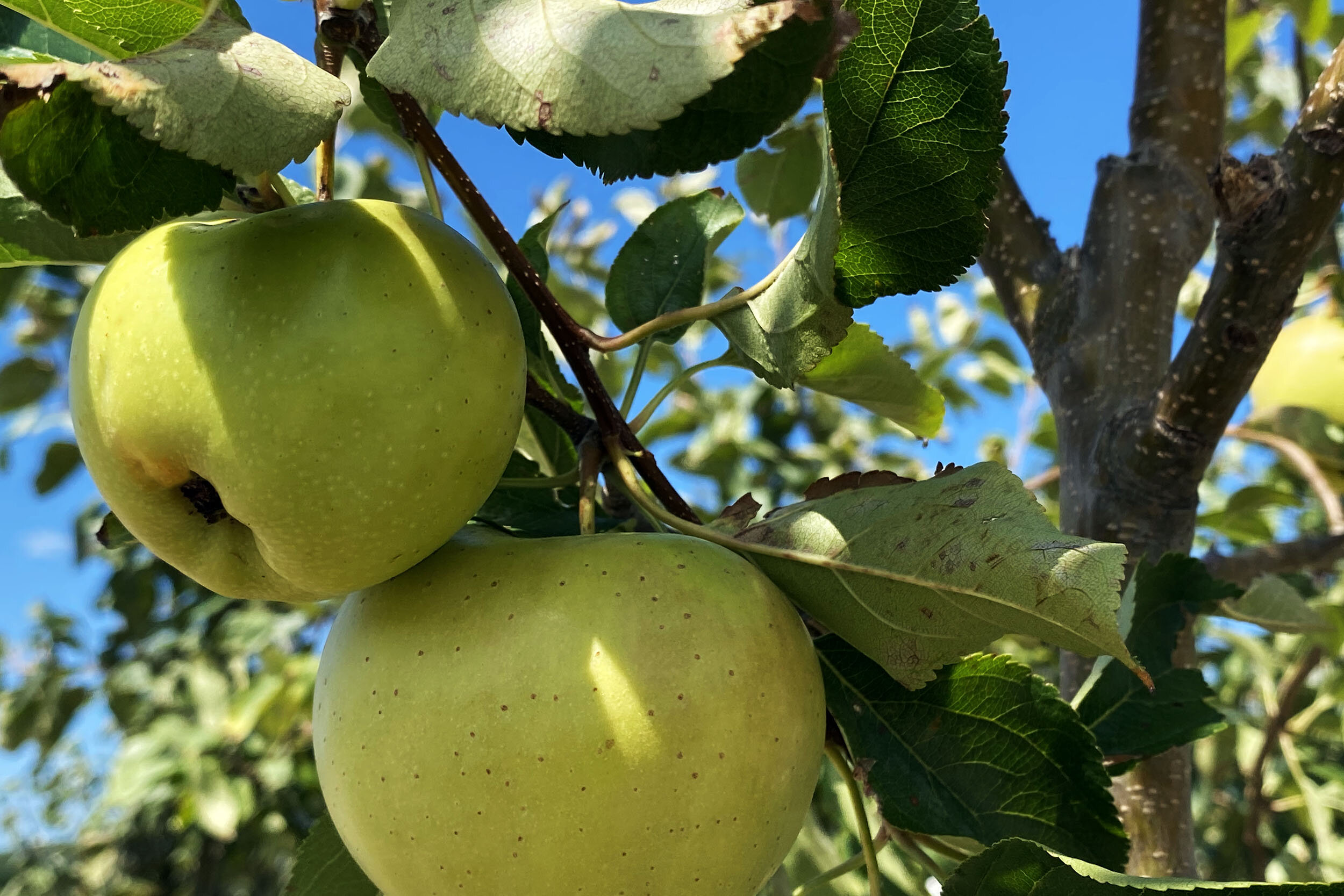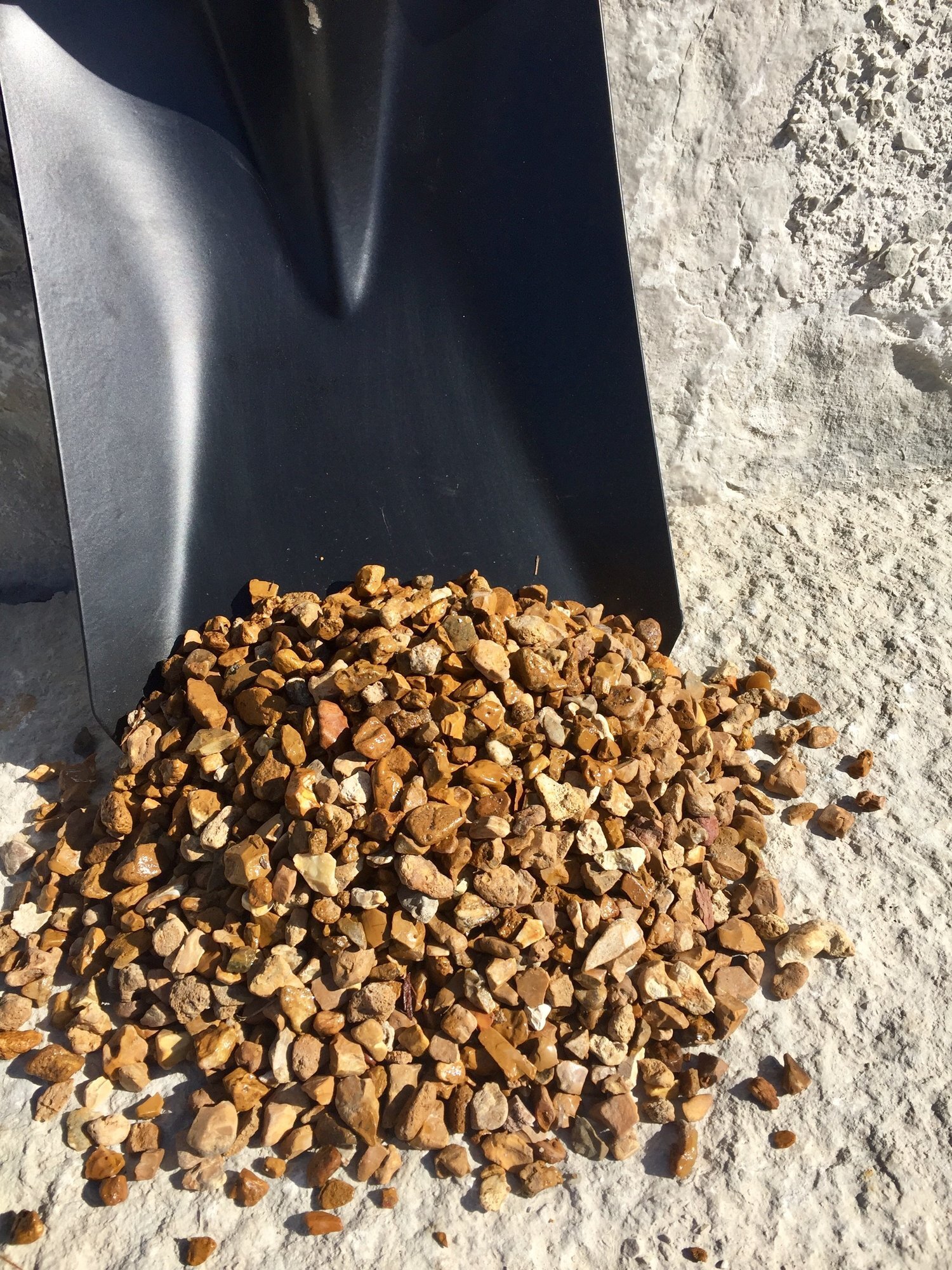

Spring and summer may be what you think of when it comes to colorful plant material and flowers, but if you plan ahead while planting, you can create a landscape that shows beautifully throughout the year. Fall is known for striking hues of yellow, orange and brown on trees, and similarly, there are perennials that will complement the color of those arbors, allowing autumn color to saturate your whole yard. Similarly, autumn is a wonderful time to take stock of your yard and plan ahead for the next year.



Burning bush is often a multi-stemmed deciduous shrub that grows to 6-12′ tall. It develops a dense branching habit and often is wider than it is tall. The bark of older stems is gray or brownish gray with small fissures/furrows. Younger stems are green, with lateral tan corky wing appendages. Upper leaf surfaces are medium to dark green, while their lower surfaces are a lighter shade of green. Leaves burn bright red (true to its name) during the autumn before they fall to the ground.
The viburnum family is home to over 150 species and named cultivar varieties. Ranging from 2-30 feet in height, flowers can be sweetly fragrant and are primarily creamy white. Foliage ranges from glossy green to a dull, dark green, velvet appearance to foliage that is thick and leathery. Fall color is an attractive feature of viburnums with leaf colors ranging from a glossy red to scarlet or purple, with colorful fruit adding to the autumn show. Try Brandywine, Blue Muffin, or Korean Spice viburnums for fall interest.

Limelight Hydrangea Tree Form
Known for their summer blooms, hydrangeas are a great way to add color into a landscape. As temperatures cool off, Hydrangea paniculata varieties like ‘Limelight’ will continue to bloom through early autumn. Varieties that re-bloom, like Hydrangea macrophylla may produce some blooms into the fall, just be sure to maintain them by pruning. A benefit to autumn blooms, is that you can bring the flowers inside as you prune, or when it starts to get too cold, arranging them in a bouquet or vase.
Autumn is a season that is closely associated with trees and the vibrant show of warm colors they produce, but did you know that autumn is likewise a great time to plant said trees? Fall is a great time to plant large trees, like shade trees, because of the cool weather and prevalent moisture. Summers can be a scorcher, and as such, soil becomes dry. When temperatures begin to fall, take that as signal to plant the trees that you have been wanting in your yard. More frequent fall rain will help your large trees take root, and ensure that they will be salient for seasons to come.

Golden Delicious Apple Tree
Not only is autumn a great time to get your large shade trees in the ground, it’s also a season when some springtime flowering trees make a comeback. Most ornamental cherry trees show a beautiful display of flowers in the spring, but are often overlooked during the fall. Trees like oaks and maples are generally thought of during the fall, but a specimen like a Kwanzan Cherry will exhibit beautiful fall foliage. During the spring, a Kwanzan Cherry will sprout beautifully lush, pink flowers contrasted by deep green leaves, and fall is no less saturated. During autumn, Kwanzans will transform into a striking orange-red, almost unrecognizable from the cherry months before.
When you think of fall and trees, it isn’t too much of a stretch to be reminded of the acres of fruit trees at your favorite local orchard. While you might not be able to pick up a dozen apple cider doughnuts, you can recreate a fruit orchard in your very own yard. Autumn is a fantastic season for apple trees, as they look great and are ripe for the picking. Varieties like Granny Smith, Honeycrisp, Red Delicious and many other varieties thrive in northern Illinois, and do very well in a home landscape. Take this year to plan out a home orchard, and you’ll have ripe fruit to bear for years to come.
Springtime is known for flowers and summer for shades of green. As temperatures cool down with a seasonal change, the growth of seasons before slows. Use this time to consider how your landscape looks during every season, ensuring that your yard looks great year round.

Blue Princess Holly
Ornamental grasses planted in the summer fade into the fall, keeping their shape during the winter. Color and flowers are an initial thought when choosing plant life, but if you consider how a plant will appear during the winter months, you can create texture and contrast within a snowy garden, while also providing shelter for wildlife to keep you company during the cold. Beauty Bush and Candy Coral Berry have beautiful flowers during the spring and summer, but as the year moves on, fleeting flowers turn to bright berries that add a pop of color to a desaturated landscape.
Contrast is another thing to consider. Shrubs that hold their leaves and foliage overwinter are a great addition to mix into a landscape, as they will show signs of life in the dead of winter, helping you hold out until spring. Hollies, Dogwoods, Yews and Boxwoods are all verdant shrub varieties that show beautifully in warmer weather, though evergreen in winter appeal. The deep red branches of a dogwood shrub will last through the winter, and show a beautiful display during the cold months.
Just because spring and summer have ended, doesn’t mean you can’t optimize your landscape to show an interesting display throughout the year. Growing a diverse array of plants is good for aesthetics, and contributes to the biodiversity of your landscape. Consider something other than summer flowers, and you can plan for a year of vibrant life. Stop into the garden center at Whispering Hills today and ask how to maximize your landscape for fall growth!
Shop Archive












In an era where sustainability is more than a buzzword, Whispering Hills Garden Center

June is National Pollinator Month, a perfect time to celebrate the essential role pollinators